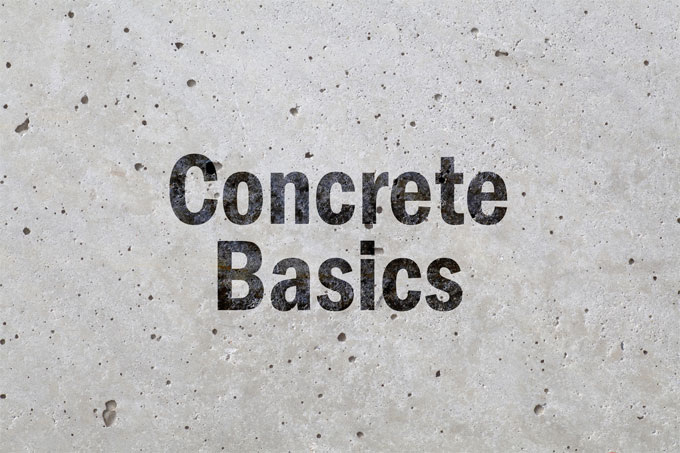
Basics of Concrete
Hard and durable, concrete is primarily the mixture of three components ? water, aggregate (sands and rocks) and Portland cement ? a paste made of cement and water to coat sands and other aggregates existed in the mix. Concrete is not cement that is traditionally believed so. Rather cement works as a binding component in the process of production of concrete.
A concrete mix: A concrete mix is a process that produces the final concrete we commonly observe around. Concrete in plastic state must be workable and cohesive to give the desired durability to the material. Keeping the mix in a comfortable environment is necessary to get the best product out of the mixed ingredients. Considering circumstances like exposure to foot traffics, sea waters, trucks and cars play a major role in producing a perfect concrete. Proportioning needs to be given a keen attention as it involves the proportion of each component of the mixture. Proportioning must be done by weights, not by volume.
Properties of Concrete: Properties of concrete reflect its major characteristics. Though it involves a thorough study, it can be summed up in three basic features ? workability, hardness and cohesiveness, and economy. The concrete must be workable to ensure that workmen properly consolidate the material. Hardness and cohesiveness focus on the resistance power of the material from freezing, hawing, and water tight.
Curing: Curing is the process that allows cement presented in the concrete mix to attain the needed strength by a hydrating process. This is why concrete must be cured after completing the initial setting of the material.
It requires a specific environment to complete the hydration process of concrete. A proper curing gives cement the needed moist to increase its quality. As tensile stresses on concrete are very common, curing helps the material avoid such condition.


